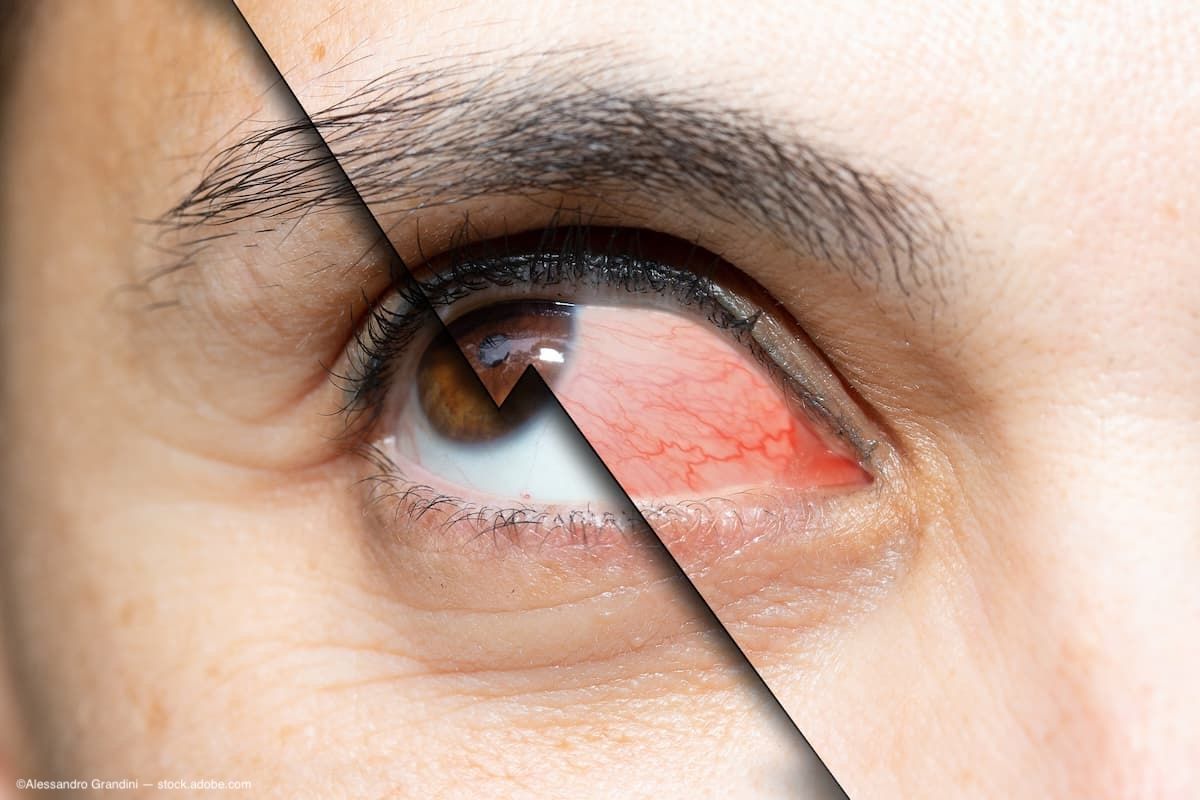Article
New structure-function index evaluates glaucoma progression
A combined index of structure and function in glaucoma is critical as a means of establishing a clinical endpoint that can demonstrate the effectiveness of therapeutic intervention in studies of neuroprotection, said Robert Weinreb, MD.
Fort Lauderdale, FL-A combined index of structure and function in glaucoma is critical as a means of establishing a clinical endpoint that can demonstrate the effectiveness of therapeutic intervention in studies of neuroprotection, said Robert Weinreb, MD.
In preclinical studies, the most common endpoint is the number of preserved retinal ganglion cell bodies or axons; achieving a comparable endpoint would be ideal in clinical trials of neuroprotection.
Structural technologies such as optical coherence tomography correlate very well with function and can be used separately or in combination with visual function as a surrogate for visual outcomes, said Dr. Weinreb, distinguished professor of ophthalmology, Shiley Eye Center, University of California, San Diego.
Using function as a prediction of structure is important because to date, regulatory agencies have allowed only function to be used as a primary endpoint in neuroprotection studies.
It is not enough to detect progression using only perimetry, Dr. Weinreb said.
Models of structure and function show that early in disease, there can be large changes in structure while only small changes in function, and the rate of change estimated by standard automated perimetry will be underestimated. The scenario is reversed in late stages of glaucoma, when large functional changes may be observed, but relatively minor ones in function. Thus, it can be difficult to predict progression accurately using only one diagnostic tool.
As an illustration of the inter-relationship between structure and function, and the advantage of being able to measure them both, Dr. Weinreb noted that a 10 dB visual loss is usually enough to cause functional impairment. But to go from an early visual field defect, such as 3 dB, to functional impairment, an individual needs to lose fewer retinal ganglion cells than to develop an early visual field defect.
“Since you can’t look at structure alone or function alone, we began wondering whether you can look at structure and function together and get a number that really tells you something about the two together,” Dr. Weinreb said. “A single index combining retinal ganglion cell loss estimates from structure and function and the effect of age allows the successful discrimination of preperimetric glaucoma from models and also allows successful discrimination of early versus moderate and moderate versus late stages of disease.”
Several papers on the combined structure-function index and its ability to detect change are in press.
For more articles in this issue of Ophthalmology Times Conference Briefclick here.
Newsletter
Don’t miss out—get Ophthalmology Times updates on the latest clinical advancements and expert interviews, straight to your inbox.




